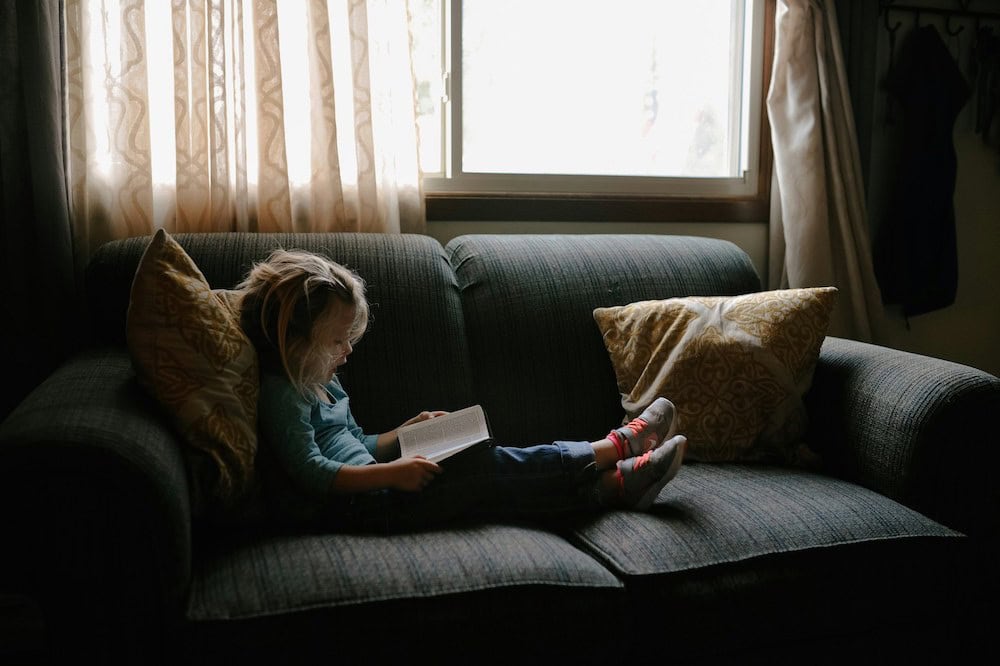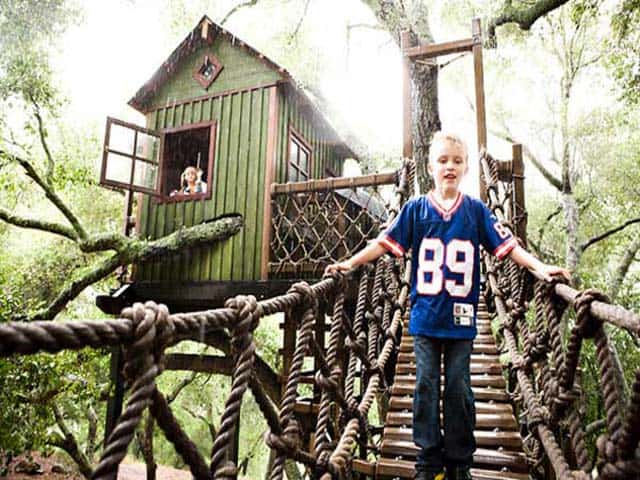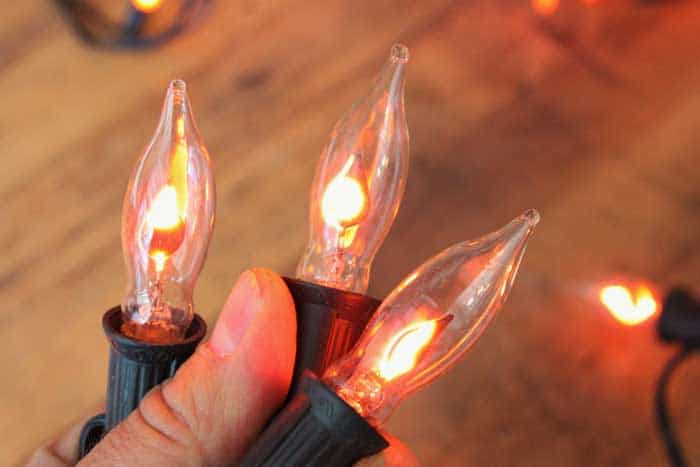Creating a designated space for your child to read can be a wonderful way to encourage a love for books and foster a sense of imagination. A DIY reading nook allows you to customize the space to fit your child’s interests and needs. In this guide, we will explore the importance of a reading nook, the benefits it offers, and provide a step-by-step guide on how to build your own.

Understanding the Importance of a Reading Nook
As parents, we want to instill a love for reading in our children. A reading nook provides a dedicated space where they can escape into the world of books. It offers a cozy and inviting environment that makes the reading experience more enjoyable. By creating a special spot for reading, you are sending a clear message that reading is valued and cherished.
Imagine your child nestled in a corner of their room, surrounded by their favorite books, plush cushions, and a soft reading light casting a warm glow. This picturesque reading nook becomes a sanctuary where imagination takes flight and stories come to life. The act of curling up with a good book in a designated nook can become a cherished ritual, fostering a deep love for reading that transcends into adulthood.
Fostering a Love for Reading
A reading nook helps to create a positive association with books and reading. It becomes a place where your child can relax, explore different stories, and develop a lifelong love for literature. Having a designated reading space also encourages regular reading habits, as children are drawn to the comfort and familiarity of their nook.
Furthermore, a reading nook can be a versatile space that evolves with your child’s interests. You can personalize the nook with themed decorations, cozy blankets, and shelves filled with a diverse selection of books to cater to their changing tastes and preferences. This customization not only enhances the aesthetic appeal of the reading nook but also makes it a dynamic and engaging environment that sparks curiosity and creativity.
Benefits of a Personal Reading Space
Providing your child with a personal reading space offers numerous benefits. Firstly, it provides a quiet and peaceful area where they can concentrate on their books without distractions. It also promotes independence, as children can choose their own books and engage in self-directed reading. Additionally, a reading nook can serve as a refuge, allowing your child to retreat and unwind after a long day.
Moreover, a reading nook can be a gateway to exploration and discovery. It can be a place where your child delves into different genres, discovers new authors, and expands their literary horizons. This sense of exploration nurtures a curious mind and instills a lifelong passion for learning through the pages of a book. The benefits of a personal reading space extend far beyond just reading; it becomes a haven for growth, imagination, and intellectual development.
Planning Your DIY Reading Nook
Before you begin building, it’s important to plan out your DIY reading nook. Creating a cozy and inviting space for your child to escape into the world of books can have a lasting impact on their love for reading. Here are a few key considerations to keep in mind as you embark on this exciting project:
Choosing the Perfect Spot
When selecting a location for your child’s reading nook, opt for a quiet area with natural lighting. Creating a serene environment where your child can immerse themselves in a good book is essential for fostering a love of reading. This could be a corner in their bedroom, a dedicated space in the playroom, or even a cozy nook under the stairs. Finding a spot away from distractions will enhance the reading experience and make it a special retreat for your little bookworm.
Determining the Size of the Nook
The size of the reading nook will depend on the available space and the age of your child. If you have a small room, consider a compact design that utilizes vertical space to maximize the use of the area. For older children, you may want to incorporate a desk or a built-in bookshelf for easy access to their favorite reads and a designated space for them to write or draw. Customizing the size of the reading nook to fit your child’s needs and interests will ensure that it becomes a cherished space for them to unwind and explore new worlds through books.
Selecting a Theme for the Reading Nook
A themed reading nook can ignite your child’s imagination and make reading even more exciting. Consider their interests and hobbies when deciding on a theme for the nook. It could be a cozy cabin retreat, a magical forest hideaway, or even a futuristic spaceship adventure. Infusing the space with elements that reflect your child’s personality and passions will create a one-of-a-kind reading nook that they will adore spending time in. Let your creativity run wild as you design a space that not only encourages reading but also sparks their imagination and creativity.
Gathering Your DIY Materials
Once you have planned out your reading nook, it’s time to gather the necessary materials. Here are a few essentials:
Creating a cozy reading nook involves more than just assembling furniture. It’s about crafting a space that fosters comfort and creativity. Consider adding personal touches like throw blankets, decorative pillows, and wall art to make the nook feel warm and inviting.
Essential Tools for the Project
To build the reading nook, you will need basic tools such as a hammer, drill, measuring tape, and a saw. These tools will help you assemble the furniture and complete any necessary installations.
In addition to the basic tools, having a level on hand can ensure that your shelves and furniture are straight and sturdy. A stud finder is also useful for securely anchoring heavy items to the wall, providing a safe environment for your child to enjoy their reading nook.
Choosing the Right Furniture
Selecting the right furniture is crucial in creating a comfortable reading nook. Consider incorporating a cozy chair or bean bag, soft cushions, and a small table. Make sure the furniture is age-appropriate and provides good support for your child’s posture.
When choosing furniture, think about storage options as well. Adding a bookshelf or storage ottoman can help keep the space organized and clutter-free, making it easier for your child to find their favorite books and accessories.
Picking the Perfect Lighting
Lighting plays a crucial role in creating an inviting reading nook. Opt for natural light as much as possible, placing the nook near a window. If natural light is limited, include a reading lamp or string lights to create a warm ambiance.
Consider the color temperature of the light sources you choose. Warmer tones can create a cozy atmosphere, while cooler tones may be more energizing for reading sessions during the day. Dimmable lights offer flexibility, allowing you to adjust the brightness based on the time of day and your child’s preferences.
Step-by-Step Guide to Building the Reading Nook
Now that you have all your materials ready, let’s dive into the step-by-step process of building your DIY reading nook:
Preparing the Space
Start by clearing the area you’ve chosen for the reading nook. Remove any furniture or clutter to make space for the new additions. Clean the area thoroughly and ensure it is free from dust and debris.
Assembling the Furniture
Begin by assembling the furniture pieces you have chosen for the reading nook. Follow the manufacturer’s instructions carefully and use the appropriate tools. Make sure everything is secure and stable, providing a safe and comfortable environment for your child.
Installing the Lighting
If you have chosen to incorporate additional lighting, carefully install the fixtures. If needed, seek professional assistance to ensure the electrical connections are properly installed. Test the lighting to ensure it illuminates the nook adequately without causing any glare or discomfort.
With these simple steps, you can create a personalized reading nook for your child to enjoy. Remember to regularly update the space with new books and cozy accessories to keep their enthusiasm for reading alive. Happy building!
In addition to a reading nook, here’s how to make an art station.



